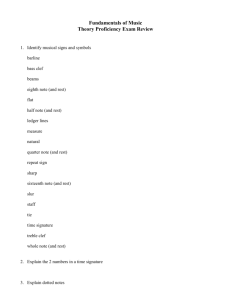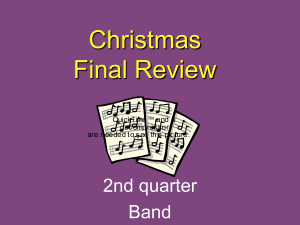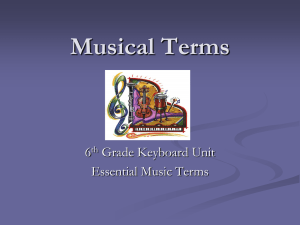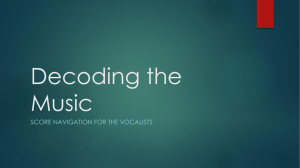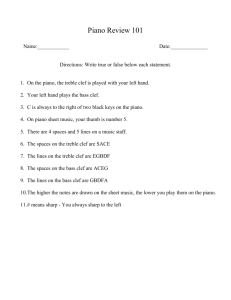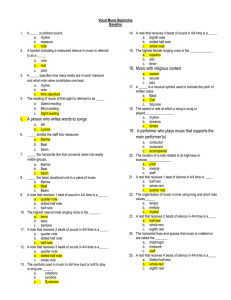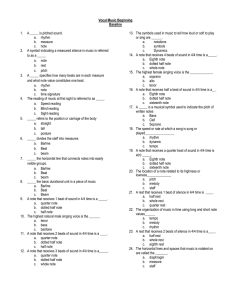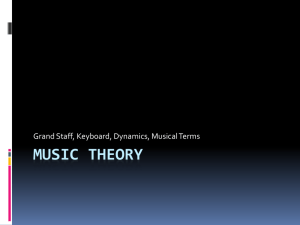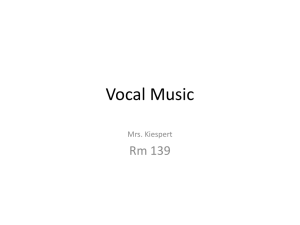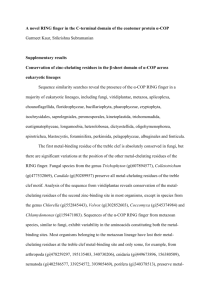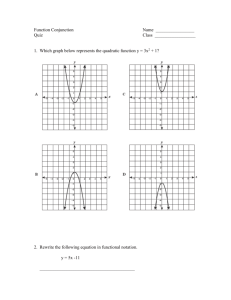Music Appreciation Final Exam Study Guide
advertisement
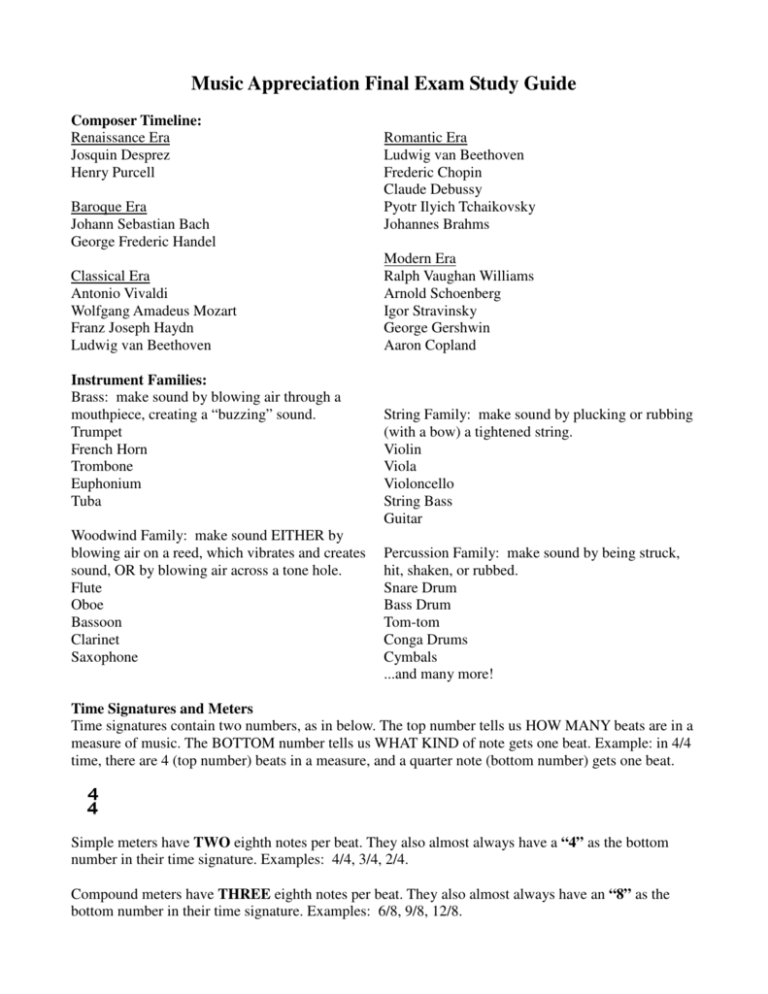
Music Appreciation Final Exam Study Guide Composer Timeline: Renaissance Era Josquin Desprez Henry Purcell Baroque Era Johann Sebastian Bach George Frederic Handel Classical Era Antonio Vivaldi Wolfgang Amadeus Mozart Franz Joseph Haydn Ludwig van Beethoven Instrument Families: Brass: make sound by blowing air through a mouthpiece, creating a “buzzing” sound. Trumpet French Horn Trombone Euphonium Tuba Woodwind Family: make sound EITHER by blowing air on a reed, which vibrates and creates sound, OR by blowing air across a tone hole. Flute Oboe Bassoon Clarinet Saxophone Romantic Era Ludwig van Beethoven Frederic Chopin Claude Debussy Pyotr Ilyich Tchaikovsky Johannes Brahms Modern Era Ralph Vaughan Williams Arnold Schoenberg Igor Stravinsky George Gershwin Aaron Copland String Family: make sound by plucking or rubbing (with a bow) a tightened string. Violin Viola Violoncello String Bass Guitar Percussion Family: make sound by being struck, hit, shaken, or rubbed. Snare Drum Bass Drum Tom-tom Conga Drums Cymbals ...and many more! Time Signatures and Meters Time signatures contain two numbers, as in below. The top number tells us HOW MANY beats are in a measure of music. The BOTTOM number tells us WHAT KIND of note gets one beat. Example: in 4/4 time, there are 4 (top number) beats in a measure, and a quarter note (bottom number) gets one beat. Simple meters have TWO eighth notes per beat. They also almost always have a “4” as the bottom number in their time signature. Examples: 4/4, 3/4, 2/4. Compound meters have THREE eighth notes per beat. They also almost always have an “8” as the bottom number in their time signature. Examples: 6/8, 9/8, 12/8. Musical Symbols Be sure you can identify the symbols for: Quarter Note, Half Note, Eighth Note, Quarter Rest, Half Rest, Eighth Rest. We will go over these symbols in class. You can also find them by searching online. Lines and Spaces Music notes are placed on a staff. A staff is made up of five lines and four spaces, as shown below: Two clef signs are commonly used in music: the treble clef and the bass clef. The note names change depending on which clef is used. Note Names (Bottom to top): Treble clef lines: E-G-B-D-F (Remember: Every Good Boy Does Fine) Treble clef spaces: F-A-C-E (Remember: spells FACE) Bass clef lines: G-B-D-F-A (Remember: Great Britain Did Fight America) Bass clef spaces: A-C-E-G (Remember: All Cows Eat Grass) Decibels The loudness of sound is measured in decibels. Sounds can range from a decibel level of 0 to 195. The bigger the number, the louder the sound is. Some examples: 10 decibels – softest sound you can hear 60 decibels – normal conversation with someone 5 ft away 110 decibels – rock 'n roll concert 130 decibels – military jet taking off from close up If you are exposed to a sound of 125 decibels or higher and are not wearing earplugs, your hearing will be immediately damaged! Miscellaneous In music history, John Phillip Sousa is known as the “March King” because he popularized marches played by military bands. He also wrote the official march of the United States, “The Stars and Stripes Forever”. During the Renaissance Period, instrumental parts became increasingly important. Bill Haley wrote “Rock Around the Clock” considered to be the first ever Rock 'N Roll song. When soul music first began in the 1970s, each city has its own instrumentation (types of instruments used) for its soul music songs.
